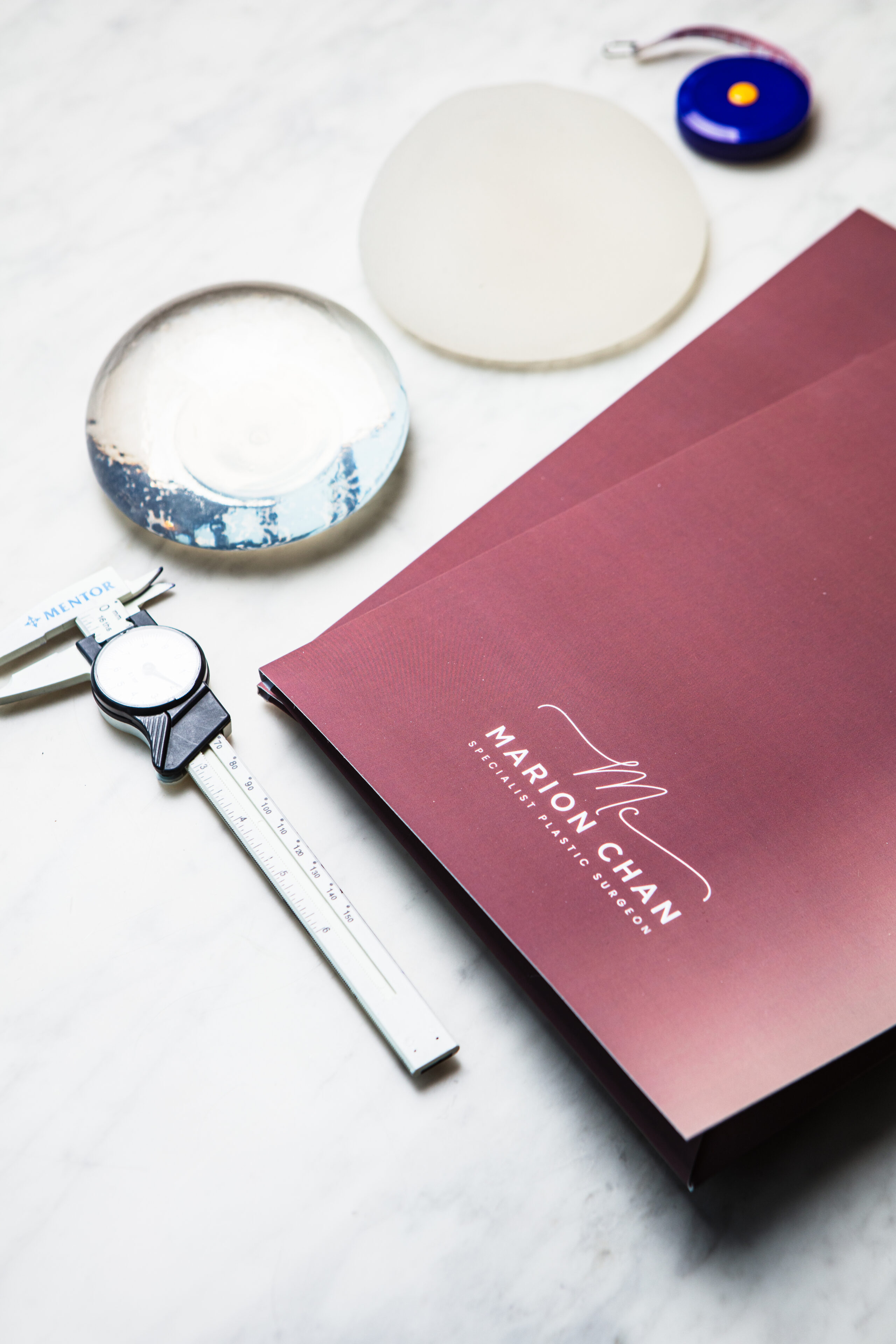Specialist Plastic Surgeon
Trauma and Reconstructive Surgery
Trauma and Reconstructive Surgery, in its essence, addresses the physical aftermath of unexpected incidents that may occur in our daily lives, ranging from minor lacerations to more severe burns or fractures. It’s a realm of medical expertise that bridges the gap between an accidental injury and the path to restoration.
This surgical discipline not only corrects physical deformities but can also help alleviate the emotional and psychological burden associated with traumatic injuries.
Through tailored surgical interventions, patients often regain improved functionality and aesthetics of the affected area, helping to improve their lives.

Trauma and Reconstructive Surgery
Is Trauma and Reconstructive Surgery Right For Me?
If life’s unexpected turns have led you to experience physical trauma that impairs function or aesthetic appeal, then trauma and reconstructive surgery might be your bridge to healing and rejuvenation.
Am I the Ideal candidate?
Individuals who’ve encountered physical injuries or trauma that impact their daily functionalities or self-perception, and who are in suitable health to undergo surgical procedures, are the ideal candidates for trauma and reconstructive surgery.
The surgical journey typically begins with an in-depth consultation to understand the extent and nature of the injury, followed by a tailored surgical plan that can range from minimally invasive procedures to more comprehensive reconstructions, always keeping patient well-being at the forefront.
After Surgery
Post-operative care for trauma and reconstructive surgery is tailored to the specific procedure and the individual’s needs. Recovery timelines can vary, but with a dedicated team of professionals guiding the journey, patients can expect clear instructions and support for optimal healing outcomes.

Still have questions?
Can’t find what you’re looking for? Let’s have a chat!
Patient Information and Guides
Explore a wealth of informative articles and blogs covering a wide range of surgical topics from our expert medical team.
Trauma and Reconstructive Surgery
Start Your First Steps or Get a Second Opinion? We’re here to help.
Schedule a Consultation with Marion Chan and her experienced team to discuss your Trauma and Reconstructive Surgery options and receive personalised guidance.
